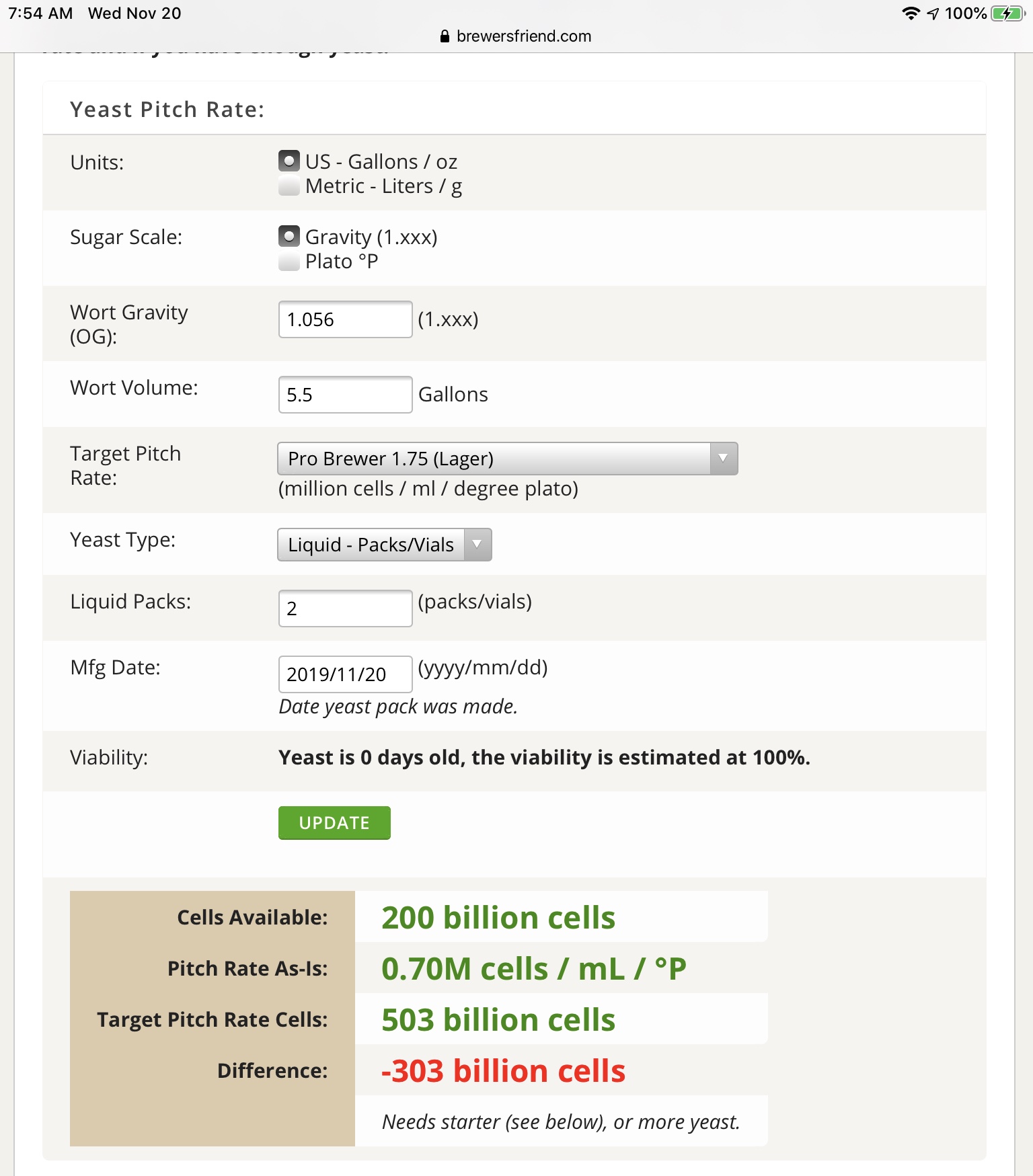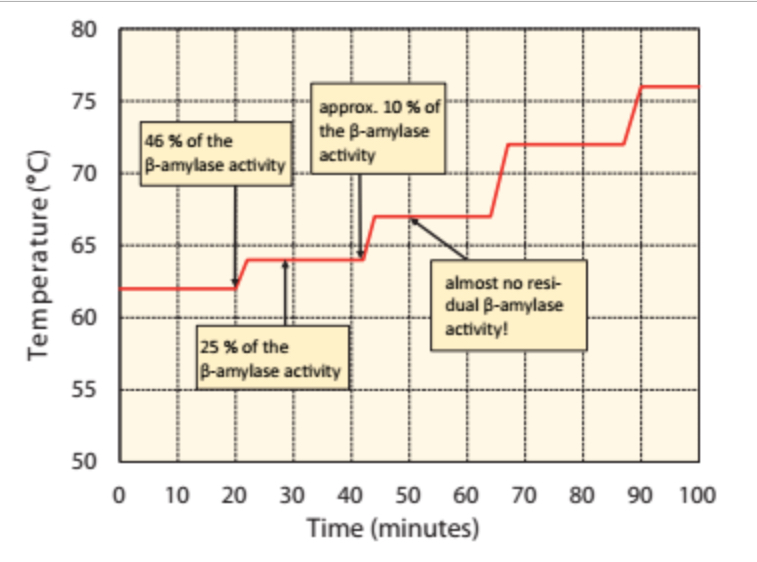applescrap
Be the ball!
Iirc I let the gas out, filled it with gas, let gas out, etc..a bunch of times, a bunch of days in a row. It did eventually go away. Sucked, but did work out iirc. There are some other fixes I think too. Best of luck.
Well problem is I have already kegged and did gelatin fining. I have removed it from gas and will just de-gas and lager for a while in my kegerator or is it toast?





